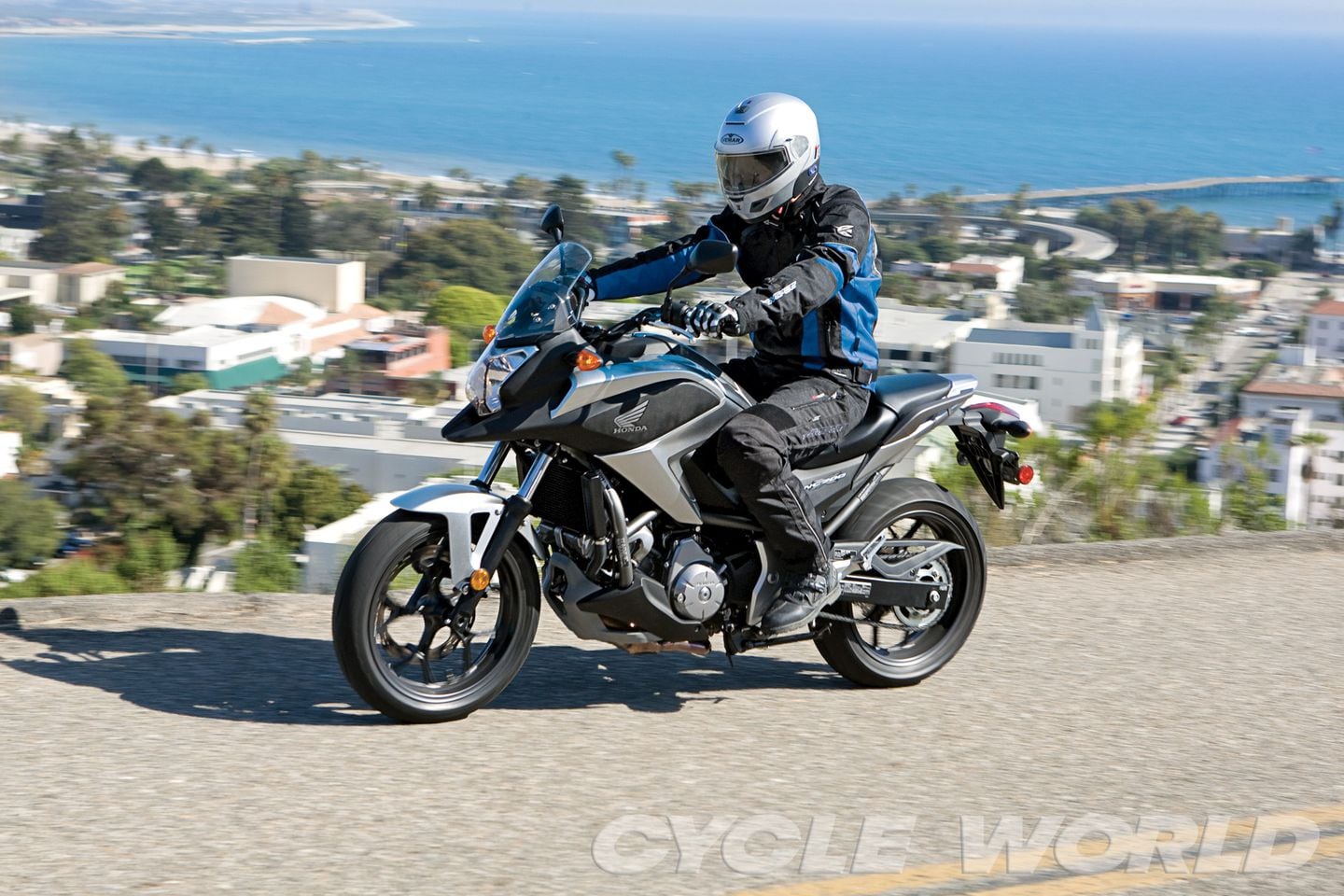melnc
New Member
Hello all from South Texas. I’m new to the NC700X world and I am liking this bike pretty good but I am curious about something. I usually do not shift gears from 5th to 6th until I hit 60-65 mph otherwise 6th gear is sluggish and there is very little roll on power. is this a normal shifting pattern for the 700x? Texas highways are usually 75 mph. running 70-75mph the rpms are running about 4k which I don’t think that is a problem. bike seems to like it in that rpm range. I have yet to hit hit the rev limiter when shifting gears but it is on my to do list.Bike is a 2013 model manual transmission



